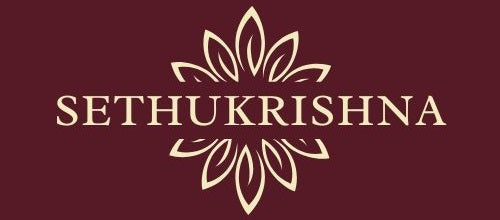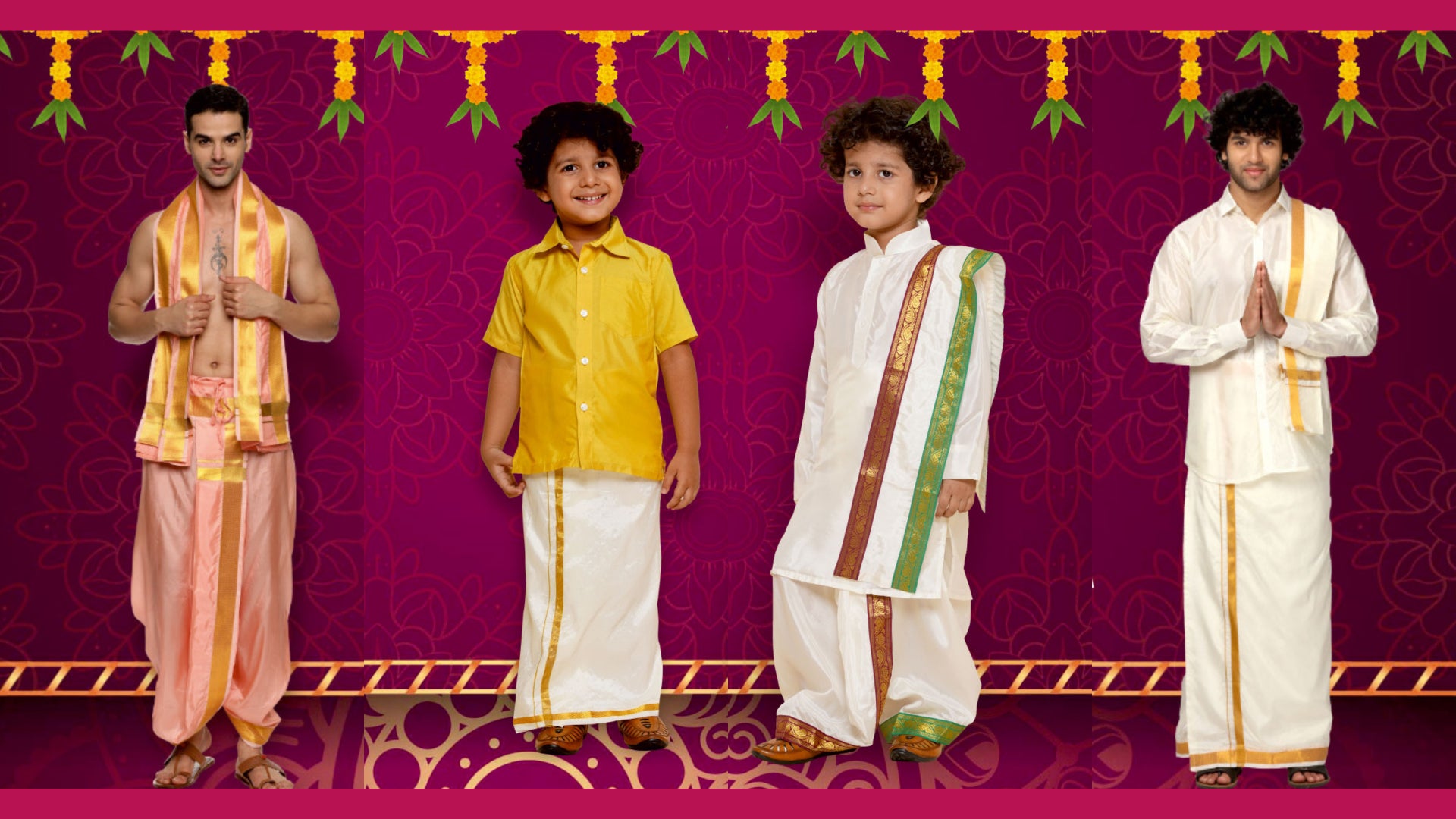Weddings across India have cultural importance and regionally specific distinction. The language spoken in these regions also vary the rituals being followed. From time to time the wedding details have evolved except for the core principles.
Marriage customs especially in Tamil Nadu like any other state, highly emphasizes on the rituals and divine binding in witness to agni or the fire god, in the presence of relatives and friends. Some of the most prominent wedding cultures are the marriage functions organized by the Thevars, Chettiars and Gounders (Kongu wedding). Kongu wedding or the Tamil wedding is mostly considered well organized at the same time of being grandeur.
The marriage function in Tamil Nadu doesn’t limit itself to just bride, groom and their family rather the involvement of their friends and relatives all throughout the occasion. A marriage involves selection of dates, invitation cards, wedding hall, stage decors, garlands, photographers, variety of food and many more. One another primary and inevitable requirement is the selection of the wedding dress for the bride, groom and their family members. The bride’s wedding attire is usually a pattu sari while the groom’s is a shirt dhoti and angavastram set.
The purohit or the chief instructor of the marriage is the guide who incessantly performs the rituals. He is the sole responsible person to pronounce the vedic prayers in front of the homa or agni, ahead of tying of mangalyam or mangalsutra by the groom to bride.
Mangalyam
Mangalyam or thali is the primary and most important device that is held to an auspicious thread dipped in turmeric powder. Thali as it is called in Tamil is complete with the sacred rope holding the device mostly in gold with other gold ornamentation on both sides of it along the rope. Thali in gold is very intricately designed based on the traditions pertinent to the family and their sect. There may be other necklaces or chains that can we worn along with the thali by the bride which can be replaced but there isn’t an alternative to thali when they are a couple.
Wedding dress
South Indian wedding dress have significant importance as it inherits the culture and tradition along with the magnificence of the occasion. The sari worn by the bride has to be chosen mutually by both the families of the couple in consultation with them. The type of zari and colour in pure silk material makes it lusturous and glossy while the groom gets to wear a shirt and dhoti set with angavastram. The orthodox Tamil marriage dress involves the groom to wear a cotton dhoti and shirt with angavastram. In recent times the South Indian couple wear coordinated outfits that match colour. The groom also has the liberty of choosing a regular dhoti or readymade pocket dhoti. The regular traditional south Indian dhoti requires skill of tucking in the end of the dhoti along the waist, but the readymade pocket dhoti has a Velcro waistband which is adjustable to fit conveniently on the waist and a pocket to hold mobile and wallet. There is also choice of materials like pure silk, silk blend, cotton, art silk and polyester in shirt dhoti angavastram sets. The cotton shirt dhoti set with angavastram is an all-time favourite South Indian wedding dress for men and the artsilk shirt dhoti angavastram set is an alternative to highly expensive pure silk dhoti sets.
Evolving every day, relatives and friends of the wedding couple also do wear matching shirt dhoti sets to express their joy and love for their union. The kids are also seen to have their part of attire share with options matching the bride and groom with lehangas, cholis, etc for girls. Boys shirt dhoti sets and boys kurta dhoti pant sets are other options for the little ones. Ethnic brands like Sethukrishna for men and boys have good collection of these dresses through their website www.sethukrishna.com and also through Myntra, Amazon and Ajio.
The Wedding
This is the prime and the only one reason everyone have come together. The wedding is an expression of joy and happiness of the couple that they wish to share with the friends and family. The seating of the couple, initiating the agni by the purohit, exchange of garlands by the wedding couple, tying the mangalyam, the promise spelled in witness of the agni, the showering of rice by everyone on the couple, a tasty wedding meal and finally the sendoff with lot of hopes, anxiety, enthusiasm and love.



